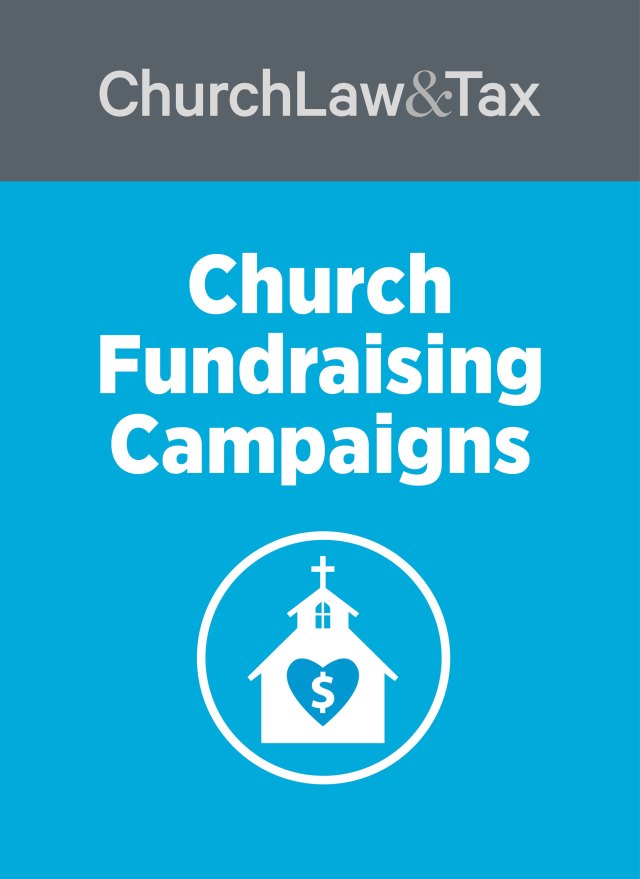In his acceptance speech during the 1988 Republican National Convention, presidential candidate George H.W. Bush famously pledged, “Read my lips: no new taxes.” Two years later, as president, he reluctantly broke his promise and signed the Omnibus Budget Reconciliation Act of 1990. This Act raised taxes in a number of ways, including the so-called “Pease” limit on itemized deductions (named after the congressman who proposed it). This limit required certain itemized deductions, including charitable contributions, to be reduced by three percent of a taxpayer’s adjusted gross income over $100,000 (adjusted annually for inflation), but not by more than 80 percent.
In 2001, Congress enacted a law (“EGTRRA”) that phased out the Pease limit by one-third in 2006 and 2007, by two-thirds in 2008 and 2009, and by 100 percent in 2010. To illustrate, for 2009 a deduction for most itemized deductions (including charitable contributions) is reduced by the smaller of the following, reduced by one-third: (1) three percent of the amount by which adjusted gross income exceeds $159,950 ($79,975 if married filing separately), or (2) 80 percent of itemized deductions that are affected by the limit.
EGTRRA contained a “sunset” provision calling for this and many other provisions to expire at the end of 2010. The effect was to reinstate the Pease limit beginning in 2011, without EGTRRA’s phase-outs. Another EGTRRA provision that will expire at the end of 2010 are the “tax cuts” that reduced the marginal tax rates according to the following table:
pre-EGTRRA tax ratesEGTRRA tax rates
| 15% | split into 10% and 15% |
| 28% | 25% |
| 31% | 28% |
| 36% | 33% |
| 39.6% | 35% |
President Obama’s recently released budget would let the 33 percent and 35 percent EGTRRA tax rates “sunset” beginning in 2011, meaning that the pre-EGTRRA rates of 36 percent and 39.6 percent would be reinstated. The President’s budget also would let EGTRRA’s phase-out of the Pease limit sunset beginning in 2011, and would limit a charitable contribution deduction to not more than 28 percent of the amount of the contribution for taxpayers with annual income in excess of $250,000. This cap is being proposed to equalize the value of a contribution deduction among taxpayers in different tax brackets. Without such a cap, the value of a charitable contribution deduction would be greater for higher-income taxpayers in higher marginal tax brackets.
Will the President’s proposals spell disaster for churches and other charities?
Will charitable giving dry up? It’s too soon to say. For now, note the following considerations:
- The President’s proposals are just that. Proposals. They will have to be enacted by Congress, and this likely will require bipartisan compromise which could kill or limit the proposals. Some key Democrats have raised concerns about the President’s proposed limits on itemized deductions.
- The President’s proposed limit on itemized deductions would not take effect until 2011. Some tax professionals have suggested that this might actually encourage donors to make larger contributions in 2009 and 2010, before the President’s proposed limits would take effect. By 2011, when the new, more restrictive limit takes effect, the recession will likely be over and donors will be in the mood to make donations in spite of the new limit. Other tax professionals point out that any incentive to contribute larger amounts now to avoid the lower deduction limits in 2011 will be offset by the current recession.
- Several studies on the impact of charitable contribution limits on charitable giving have produced conflicting results. Some studies suggest that charitable giving is adversely affected by less favorable deduction rules, while other studies indicate that the effect is minimal.
- The following example illustrates the effect of the President’s proposed limit on itemized deductions, if enacted by Congress. A taxpayer in the 39.6 percent bracket makes a $100,000 contribution to his church. This contribution will result in tax savings of $28,000. Without the President’s limit on itemized deductions, the same contribution would result in tax savings of $39,600 (without considering the Pease limit). In other words, the same contribution would be $11,500 more costly under the President’s proposal.
- The President’s proposed limit on itemized deductions would only impact taxpayers with income in excess of $250,000.
- The President’s proposed limit on charitable giving would have the effect of reinstating the same limit that applied during President Reagan’s administration.
- The President’s proposed limit on charitable giving would raise an estimated $318 billion over 10 years, and is intended to make health care more universally accessible and affordable.
This article first appeared in Church Finance Today, May 2009.




